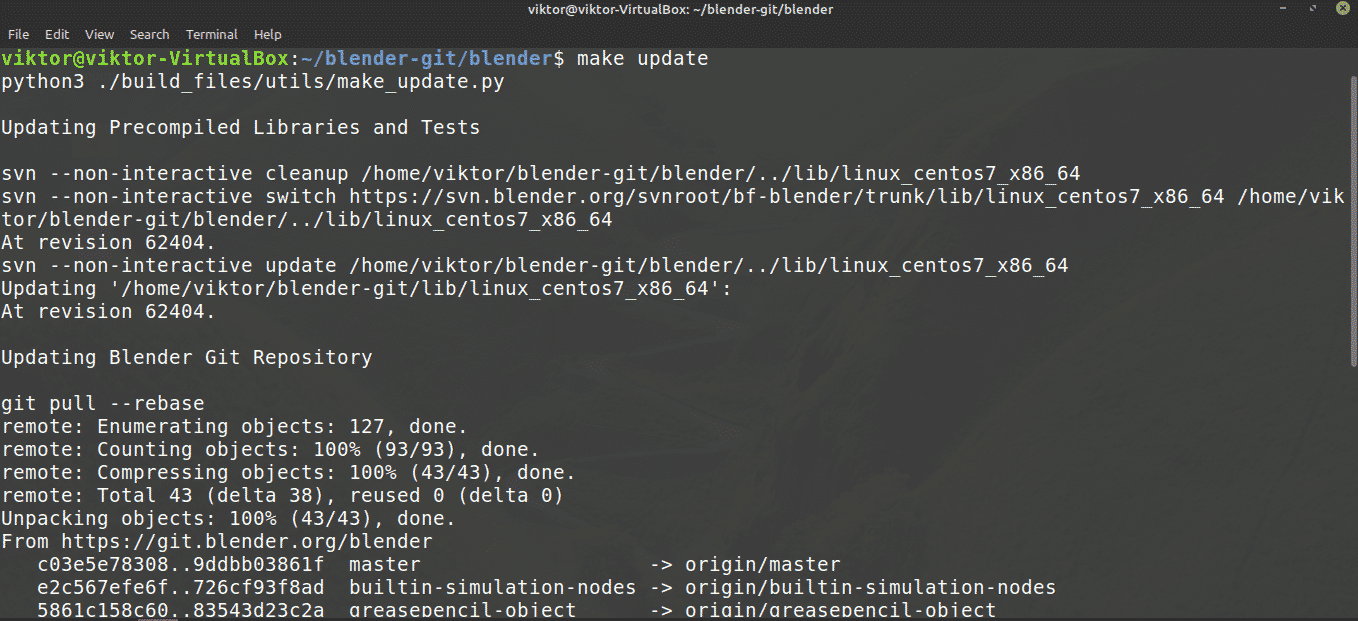

Our viewport tests will be found on the next page, where we will use two projects to see how our collection of graphics cards scale from one viewport mode to the next, again in both OSes. There are, however, notable differences in performance with regards to CPU rendering when it comes to Windows vs.

Our initial GPU render testing showed that Windows and Linux perform virtually the same, so we opted to show only Windows for the GPU results. This article is going to tackle rendering to the CPU, the GPU, as well as mixed rendering with CPU and GPU combined. Given the amount of time that it takes to test both OSes, we can’t promise that we’ll do this with every major release, but this certainly won’t be the last time. After hearing your requests loud and clear, this article will also take care of Linux performance. When a new major version of Blender releases, we typically retest all of our hardware in Windows, and only Windows. Lastly, if you want to check out Radeon ProRender performance in Blender, you can refer to our recent article investigating it.īlender 2.92 w/ Joanna Kobierska’s Sinosauropteryx Prima project Likewise, you can grab the latest version of Blender in its many forms on the official downloads page. Be sure to check out some of the official Geometry Nodes demo files to experience it quickly. While there are plenty of new features and improvements in 2.92, Geometry Nodes is easily one of the coolest. You can read about Blender’s 2.92 features in our recent news post, where you can click through to an official video that will give you an even fuller run-down.

While a new version doesn’t always mean that we’ll see substantially different results from the previous one, things do change over time, so it’s good to retest. It’s time once again to take an in-depth look at CPU and GPU performance in Blender, something we’ve been doing more frequently lately as major Blender releases have accelerated. Get the latest GPU rendering benchmark results in our more up-to-date Blender 3.4 performance article.


 0 kommentar(er)
0 kommentar(er)
